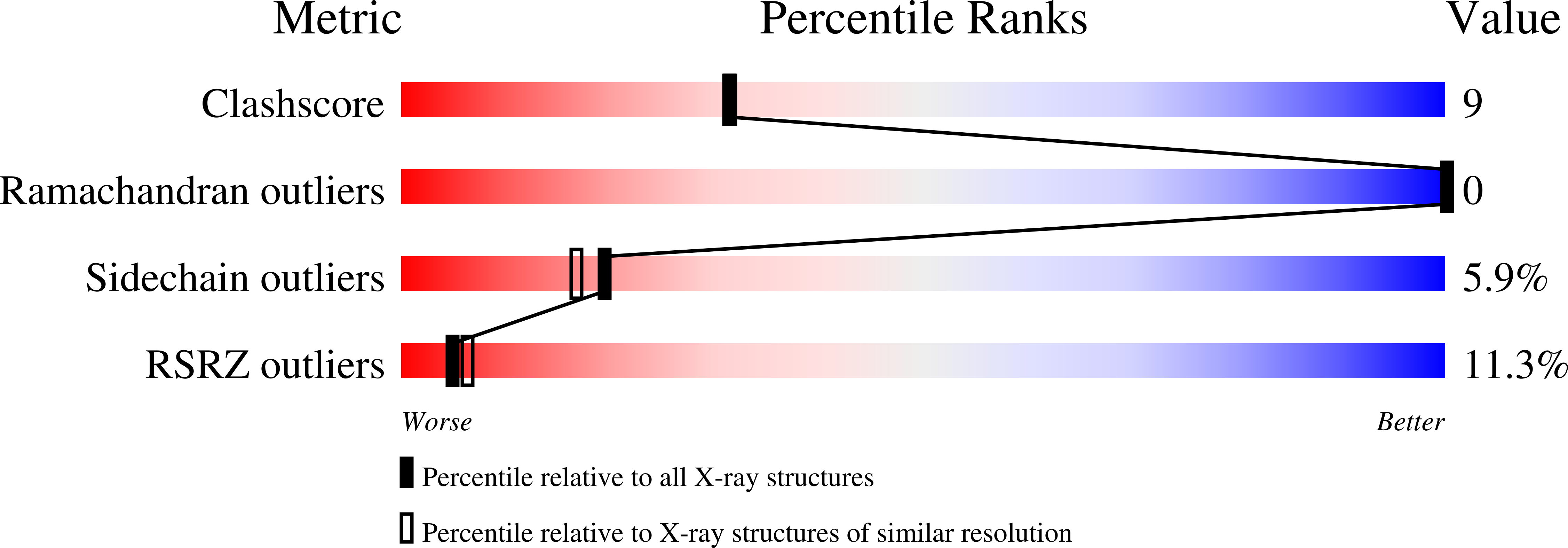
Deposition Date
2020-06-16
Release Date
2021-03-24
Last Version Date
2024-04-03
Entry Detail
PDB ID:
6XG4
Keywords:
Title:
X-ray structure of Escherichia coli dihydrofolate reductase L28R mutant in complex with trimethoprim
Biological Source:
Source Organism:
Escherichia coli (Taxon ID: 83333)
Host Organism:
Method Details:
Experimental Method:
Resolution:
2.10 Å
R-Value Free:
0.27
R-Value Work:
0.24
R-Value Observed:
0.24
Space Group:
P 32 2 1


